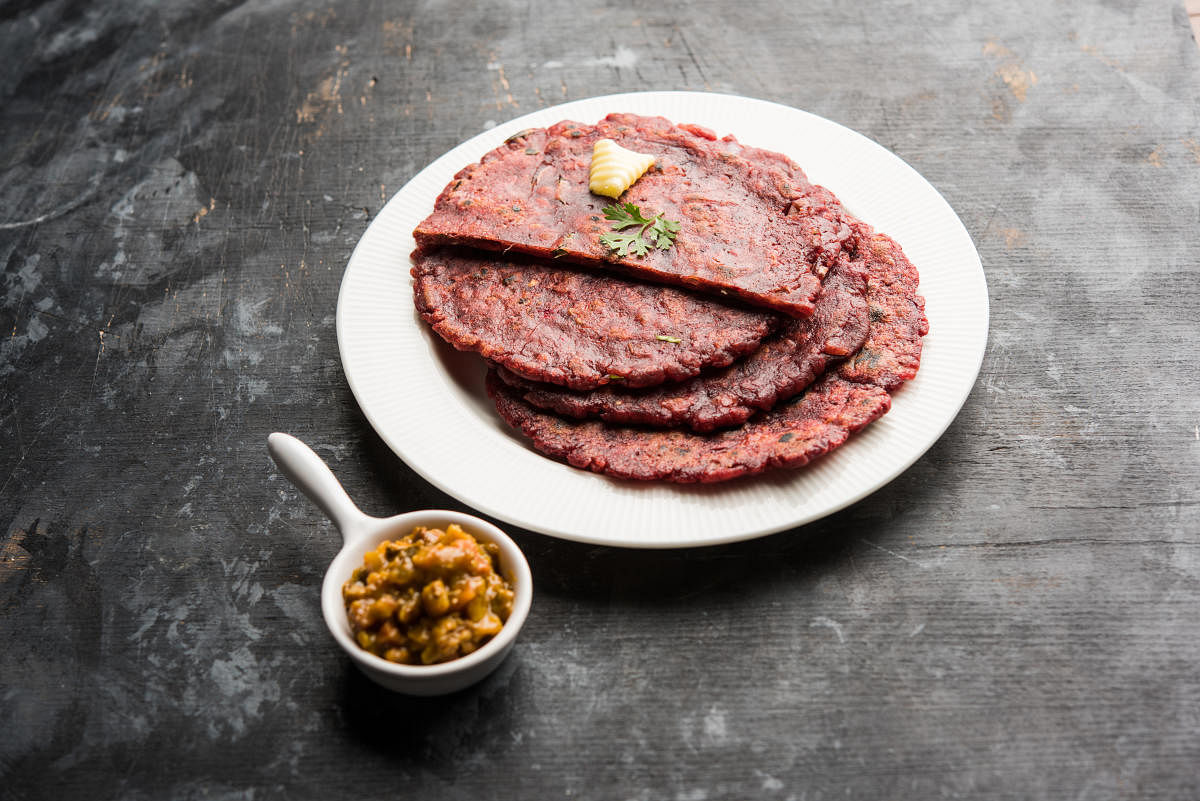
A low-cost millet with higher dietary fibre contents, several micronutrients and phytonutrients and with practically no reports of its adverse effects, ragi has suddenly become the darling of celebrities who have been waxing eloquent about its benefits. With its undisputed goodness, finger millet sure deserves all the attention.
Though Indians continue to consume cereals as the main staple providing 70-80% of total energy intake in a majority of Indian diets, the consumption of millets contributes only about 2% of total calories, while almost half of the daily calories are derived from white rice.
A whole grain is one which contains all three parts of the kernel — the bran, germ and endosperm while refined grains are processed to retain only the endosperm. This makes whole grains healthier as they contain the fibre-dense bran along with other essential nutrients that are not lost due to processing. Ragi is one such super grain that has definitely reclaimed its fame.
Health benefits:
Helps in weight loss
Controls diabetes
Reduces cholesterol
Increases bone strength
Is a good source of protein and amino acids
Treats anaemia
Improves digestion
Reverts skin ageing
Increases lactation
Anti-nutrients: The nutritional quality of ragi tends to get considerably lowered by the presence of anti-nutrients which negatively affects its nutritive values leading to poor digestibility of proteins, carbohydrate and low bioavailability of minerals.
The proportion of these anti-nutrients in the diet can be reduced by various household processing techniques such as malting, germination and fermentation.
In India, ragi/nachni is usually reduced to fine particles and the whole meal is utilised for the preparation of traditional foods such as roti/chapati, kanji and mudde or ragi ball. Nowadays, ragi/nachni is being used to make idli, dosa, chakkuli/murukku (baked), khakra (crackers), vermicelli/semiya and ladoo among many other food items.
(The author is a consultant dietician.)